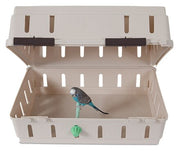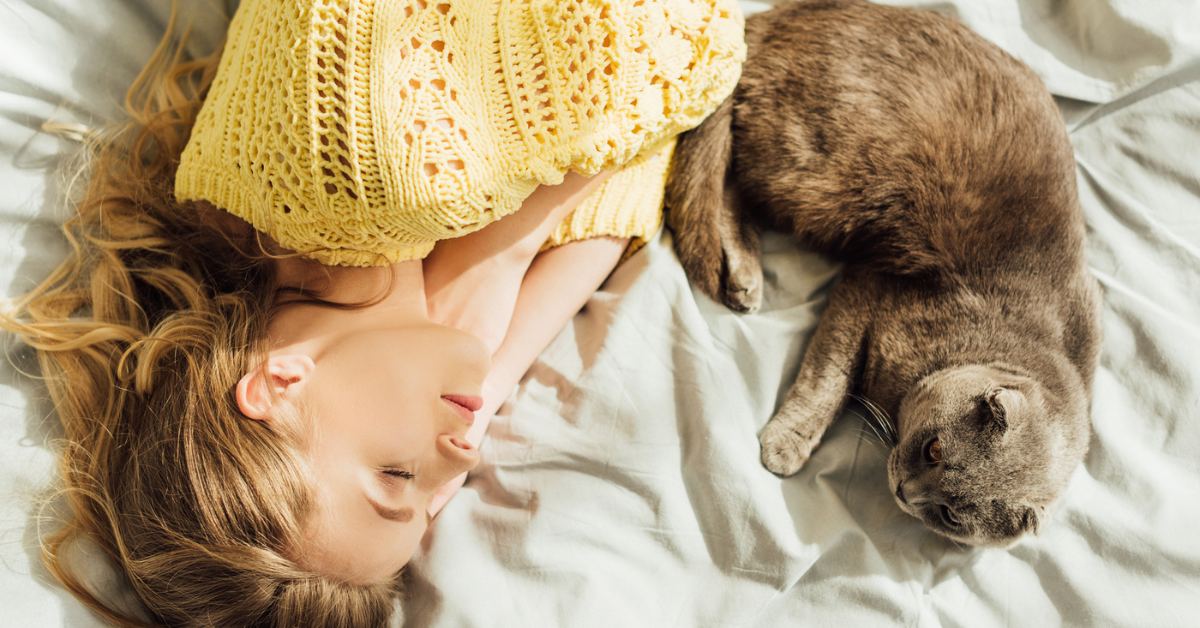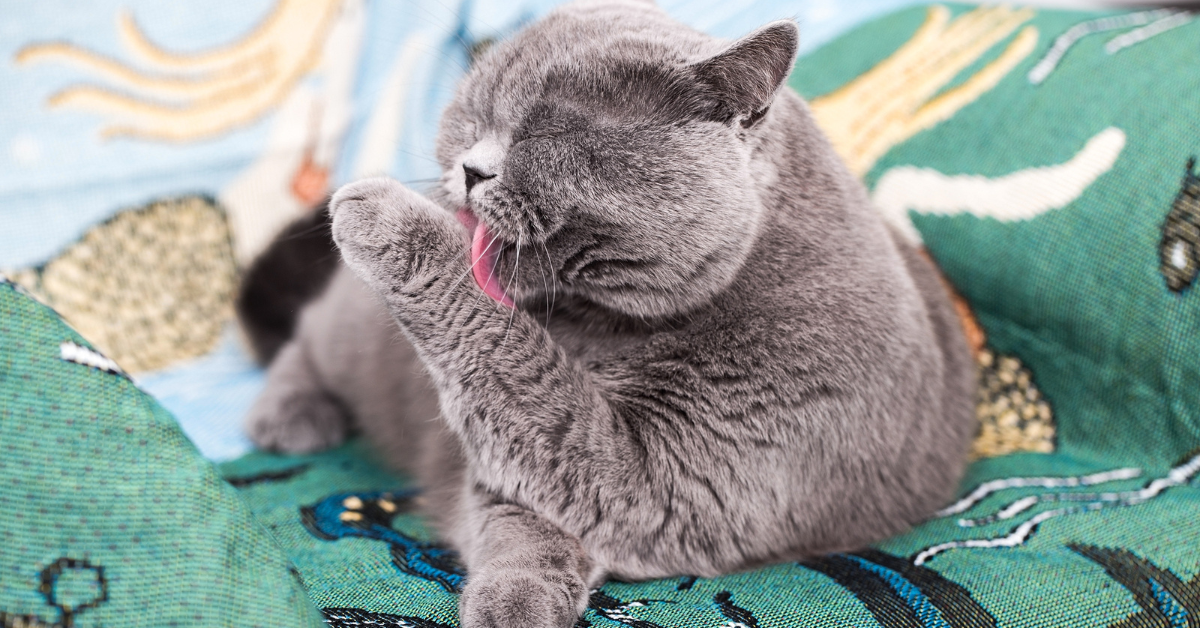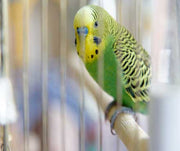Keeping It Clean

One of the most common complaints of bird owners is that they are an extremely messy pet. Food and feathers seem to fall everywhere but inside the cage, and cleaning around the cage is necessary at least twice a week at home. So what can bird owners do to keep things neater around their birds? Location of dishes, plus using some specialized products, can save a lot of cleaning time.
DISH PLACEMENT
Almost all of the bird cages offered in the pet industry have dishes placed on the side or front of the cage with most, unfortunately, located up high and not near the bottom. Any food put in these dishes, especially seeds as they are being hulled, can easily fall out of the cage instead of going into the bottom tray. A number of options are available to help keep the food inside the cage. First, a ceramic or other heavy dish can be placed on the bottom of the cage toward the front and with no perches located above it to keep it clean. This dish can be used for the main diet. The dishes that came with the cage can be used for water and larger items like cut veggies and fruit.
SKIRTING THE ISSUE
If the owner would prefer to just use the dishes that came with the cage, they can place flexible cage skirts around the area where the dishes are located. Cage skirts are great at keeping in food, and can be used even when the dishes are placed low in the cage. In fact many bird cages come with cups that are located low but attach right at the front bars so food can fall out easily. Of course, these flexible cage skirts, usually made out of material or netting, are no good for larger birds that will just chew them apart. It is best with larger birds to use cages that already have built in cage skirts, usually made of metal. It is also possible for large bird owners to make their own cage skirts from four pieces of thick plexiglass with holes drilled at the corners that they can attach to the sides of the cage toward the bottom. Chances are the birds will chew the plexiglass over time, but then pieces can be replaced as needed.
COVERING IT UP
Dishes themselves can help somewhat in keeping the cage cleaner. If a bowl is used at the bottom, it can be large and wide so it does not have to be filled to the top. Dishes that come with the cage sometimes have covers, or they can be replaced with covered dishes. Obviously covers help keep the food inside but owners must be sure their bird is willing to put its head inside the cover to eat. Usually with new bird owners it is best to leave the dish uncovered the first couple of weeks as the bird they are getting will usually be young and a bit stressed by the move. Then when the owner has some time, they can place the cover over the food dish and keep a close eye on the bird for the first few days to be sure the bird is willing to eat out of the dish. Placing favorite foods in the dish, treats, and showing the bird the food may help to get them to eat out of a covered dish as well. But the owners need to be sure the bird is eating, as some birds have been known to starve than realize they can put their heads inside the dish. Some manufacturers are also making the covers clear which can be very helpful for some birds.
CLEANING UP THE MESS
One of the messiest birds I have ever owned is kakarikis, which are a type of New Zealand parakeet. They are the size of a cockatiel with the appetite of an Amazon, and even with a dish of all new food they would place their foot into the dish and literally fling the food out like a chicken scratching at the ground. No other species of parrot appears to have this “kicking” type of behavior with their food. Placing large ceramic dishes toward the middle of the cage bottom with cage skirts helps keep a lot of the food in the cage for these birds.
One of the main reasons bird owners, especially those who own smaller birds, get rid of their pet is due to the mess. The right help keep the area around a bird cage clean along with some education (and a dust broom!) will go a long way in keeping bird owners happy.
– Robyn Bright, avian behaviorist
Previous article

Related posts
View all-

5 Simple Tips to Make Sure Your Cat Drinks Enough Water
Ensuring your cat stays hydrated is important, but it can be challenging since many cats don't drink enough water. Dehydration can lead to kidney disease and other health issues. Fortunately, you can encourage your cat to drink more with a few simple changes. Read Article -

How to Keep Your Cat Busy at Night (So You Can Sleep)
For many cat owners, the quest for a good night's sleep while keeping their feline friends content and engaged can seem like a never-ending battle. Cats, naturally more active at night or early in the morning, often disrupt your sleep schedules with nocturnal activity, whether through playful nature or seeking attention. Read Article -

Should You Bathe Your Cat? Everything You Need to Know About Cat Hygiene
When it comes to cat hygiene, a common question among cat owners is, "Should you bathe your cat?" Understanding how to care for felines, especially bathing cats properly, is crucial for maintaining their overall health. Most cats are fastidious groomers, but specific scenarios like long-haired cats getting dirty or skin irritations, might require a bath.
Read Article




